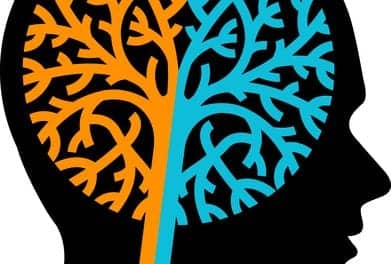Older women with weaker circadian rhythms, who are less physically active or are more active later in the day are more likely to develop dementia or mild cognitive impairment (MCI) than women who have a more robust circadian rhythm or are more physically active earlier in the day. That’s the finding of a new study in the latest issue of the Annals of Neurology.
“We’ve known for some time that circadian rhythms, what people often refer to as the “body clock,” can have an impact on our brain and our ability to function normally,” says Greg Tranah, PhD, a scientist at the California Pacific Medical Center Research Institute, part of the Sutter Health network, and the lead author of the study. “What our findings suggest is that future interventions, such as increased physical activity or using light exposure interventions to influence circadian rhythms, could help influence cognitive outcomes in older women.”
The researchers collected data on activity and circadian rhythm from 1,282 healthy women, all over the age of 75, who were taking part in the Study of Osteoporotic Fractures. All the women underwent a series of neuropsychological tests to ensure they had no evidence of cognitive or brain problems. At the end of 5 years, 15% of the women had developed dementia and 24% had some form of mild cognitive impairment. Those women who had weaker circadian rhythm activity, lower levels of activity, or whose peak level of activity was later in the day were at highest risk of developing dementia or MCI.
“This was not a small difference, but a rather sizable, statistically significant one,” says Tranah. “Those who had the later wake times, whose activity was later in the day, were 80% more likely to develop MCI or dementia compared to women who had earlier wake times and earlier activity.”



